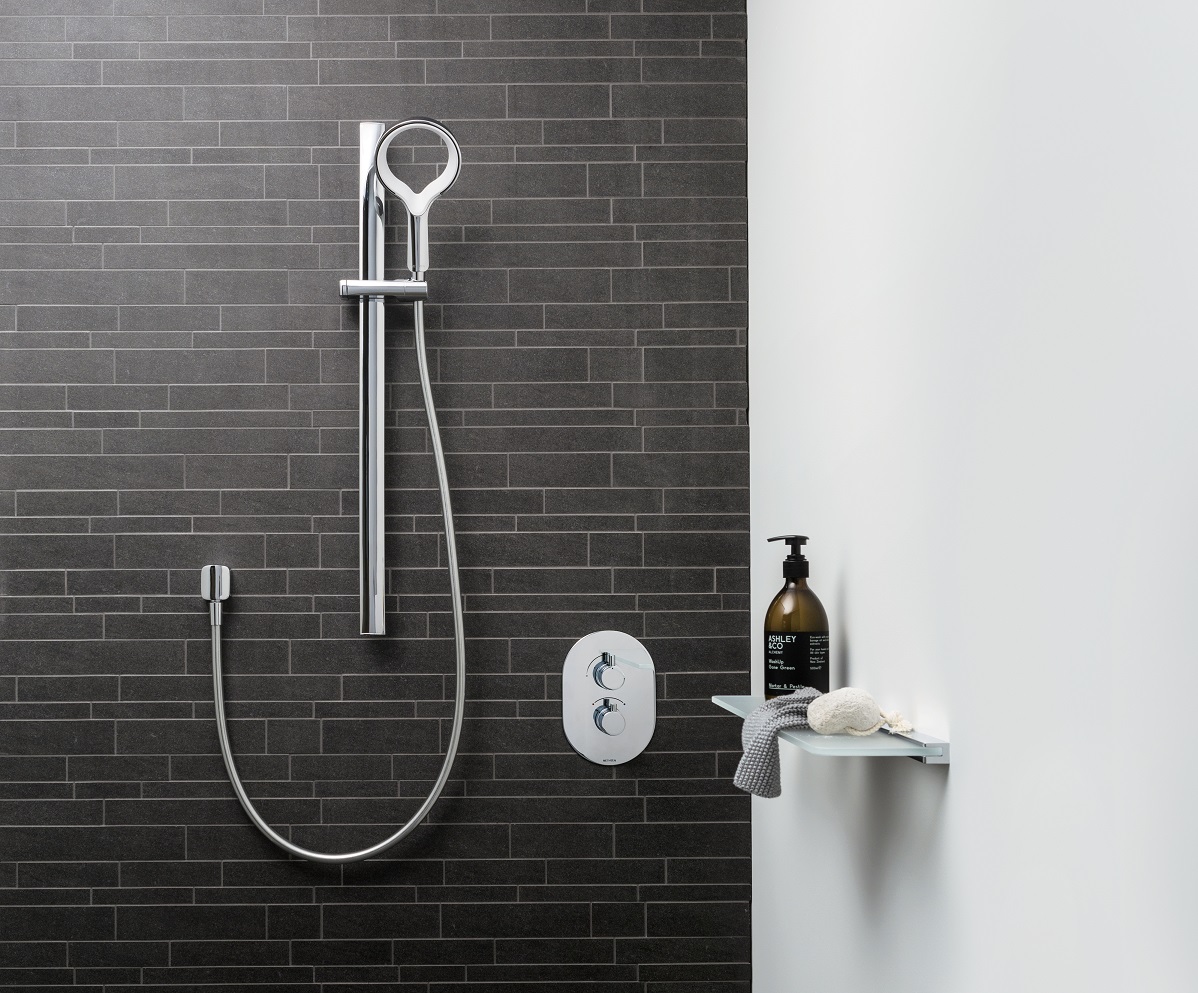What we do
TelGuard was formed in 1992 with the goal of manufacturing and distributing telephone based entry systems.
Our intention was to remove the need for copious amounts of cable being installed when door intercoms were required. Well, it seemed crazy to install more cables when there is already the most modern way of communication already existing in the majority of buildings……..your own telephone!
We attained the British Approvals Board for Telecommunications in June 1994 which meant that we could plug the TelGuard system into BT phone sockets.
The global investment in telecommunications is huge, on-going and world reliant. As breakthroughs in this phenomenon emerge, our in house development team are ready to implement new facilities across the TelGuard range to make full use of the latest technology.
Our latest systems utilise GSM technology. Instead of requiring a ‘BT type’ telephone line, the system becomes wireless by using a Pay-As-You-Go or contract SIM card. This may suit projects where the supply of a telephone line may be a problem.
We have systems designed for use on single houses or estates of high rise apartments, schools, universities, Local Authorities, utilities, gated developments, entrance barriers, city centre help points and a range of systems to suit DDA compliance.
We are a UK based, independent company.
Intercom handsets – who needs them?
The door entry system on any multi user property has historically been a high cost item to install, maintain and quite often within 10 years – replace.
The cost of the equipment itself is minimal compared to the huge labour cost of running cables all over the building and entering every apartment to fit an intercom handset just inside the front door.
The disruption caused by the presence of a team of installation engineers for sometimes weeks added to the need for redecoration of the property is also an inconvenience.
Once the system has finally been installed then it needs to be commissioned. This is when further problems may arise due to a cable being damaged or a connection not being good, the fault then needs to be found.
Ever played ‘Pin the tail on the Donkey’?
When the system is finally up and running the costs associated with keeping hard wired entry systems operational over their lifespan are high.
If the labour cost of installation could be removed along with the cable that will need to be replaced at some point and also remove the static intercom handsets then surely the cost of door entry as a facility will be reduced.
Enter the world of TelGuard. Our range of systems do just that – reduce installation costs, the need for cable all over the building and the cost of maintenance.
The question is how?
TelGuard plugs into a normal BT type phone socket in the entrance to the property and when a visitor presses the required flat number, the call goes through to the existing BT type telephone in the flat.
The resident answers the call and can open the door by pressing the # key on their telephone or mobile.
The telephone will always be in the most convenient position for the resident and there will probably be more than one telephone in the flat so calls can be answered even in the bedroom.
This becomes even more flexible where the resident has a cordless phone, or uses their mobile phone to answer calls!
The running cost of the TelGuard is limited to the telephone line rental and a local rate phone call each time a flat is called.
Now as soon as the call charge cost is mentioned, eyebrows raise but there are now line providers who offer free local calls or free calls between certain times.
With the Telguard Telecom rate of 3p* for a local call the annual cost per flat would still only be less than £15 per year out of the service charge.
So the cost off operating a TelGuard entry system is even less than very little. The annual line rental is £156*.
So how much does it cost for a service engineer to visit site each time there is a cable or handset problem?
How much is the annual contract to keep a hard wired system functioning?
If a TelGuard system develops a fault then we simply change the electronic circuit board.
If a resident damages their phone they go to a retailer and buy a new one.
Our range of systems even now include GSM based systems so that a land line is not required, all the calls are made to the flats via the mobile phone network.
DDA options offer simple compliance for many organisations and are again extremely cost effective.
So tell me, why do you need that intercom handset again?
The specification of a TelGuard system is straightforward compared to hard wired equipment as it utilises existing or essential services ie. the phone network and 230V mains power.
The specification of a hard wired system on a new build or refurbishment project involves time consuming technical calculations and Computer Aided Design. Add to this the hours spent confirming and investigating equipment specification to make sure that the design will work once implemented.
A land line based TelGuard system simply requires a 230V power source, a dedicated analogue telephone socket or analogue extension socket of an internal phone system and a two wire link to the entrance equipment to be operated.
The GSM version requires 230V, a contract or Pay-As-You-Go SIM card, an aerial and the above mentioned link to the entrance to be controlled.
TelGuard offers intercom solutions to all types of projects, from single user systems for individual homes and help points at bus stations, to multi user sites such as schools and apartment blocks.
There is no dedicated internal cabling as the Telguard simply utilises the existing telephone network or the wireless GSM network. When a visitor wishes to access a building they simply press the ‘CALL’ button on the Telguard or press a sequence of numbers ie Flat 46 is 46 followed by ‘CALL’. The telephone at the other end rings and when the recipient answers the call they can identify the user audibly and simply press the ‘#’ key on their phone to allow access.
Whether the project is for a single dwelling or a block of 100 flats, the specification and installation procedures are the same.
Visit Website: www.telguard.co.uk






